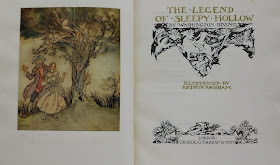by Christa Clare
December 24, 2013 marks the 100th anniversary of the Italian Hall Disaster in Calumet, Michigan (sometimes referred to as the 1913 Massacre). Seventy-three men, women, and children, mostly striking mine workers and their families, were crushed to death in a stampede when someone falsely yelled “Fire” at a crowded Christmas party.
 The Calumet and Hecla Mining Company (“C&H”) was the largest copper mining companies in the copper country in the Keweenaw Peninsula of northwest Michigan. One of the longest strikes in copper country took place in 1913 and included all the C & H Mines. The Western Federation of Miners was first established in 1908. In July 1913, with as many as 9000 members, the Federation decided to strike in an effort to adjust wages, hours, and working conditions in the copper district of Michigan.
The Calumet and Hecla Mining Company (“C&H”) was the largest copper mining companies in the copper country in the Keweenaw Peninsula of northwest Michigan. One of the longest strikes in copper country took place in 1913 and included all the C & H Mines. The Western Federation of Miners was first established in 1908. In July 1913, with as many as 9000 members, the Federation decided to strike in an effort to adjust wages, hours, and working conditions in the copper district of Michigan.On Christmas Eve, many of the striking miners and their families gathered for a Christmas party sponsored by the Ladies Auxiliary of the Western Federation of Miners. It was held on the second floor of the Calumet Italian Hall and as many as 400 people attended. The tragedy began when someone in the room yelled “Fire” and there was none. People panicked and ran for the stairs and seventy-three people, including fifty-nine children, were trampled and killed.
The Clarke Historical Library recently acquired two books on the copper country tragedy to add to those already in our collections. The first is Community in Conflict: A Working-Class History of the 1913-14 Michigan Copper Strike and the Italian Hall Disaster by Gary Kaunonen and Aaron Goings. The second book, written by Lyndon Comstock, is Annie Clemenc & the Great Keweenaw Copper Strike. Stop in and take a look at these interesting books and learn about this Michigan tragedy to mark the century that has passed since it occurred.








































.jpg)
